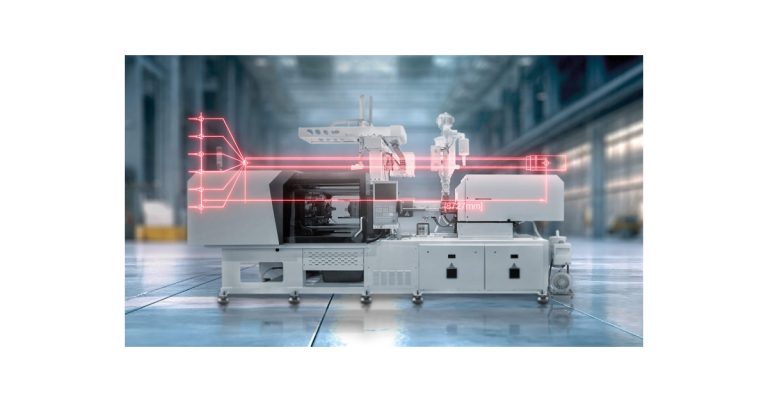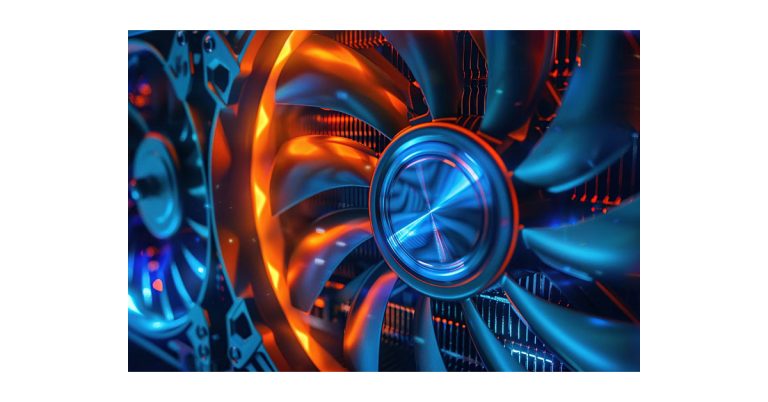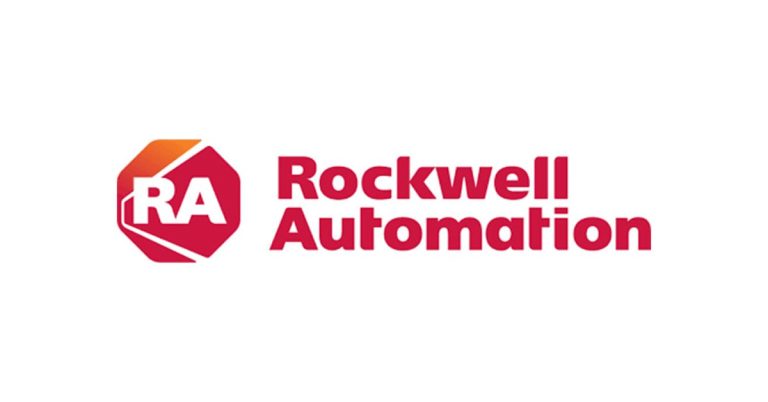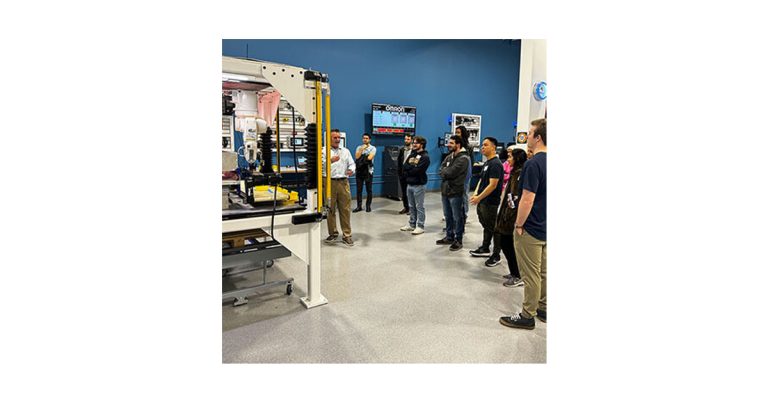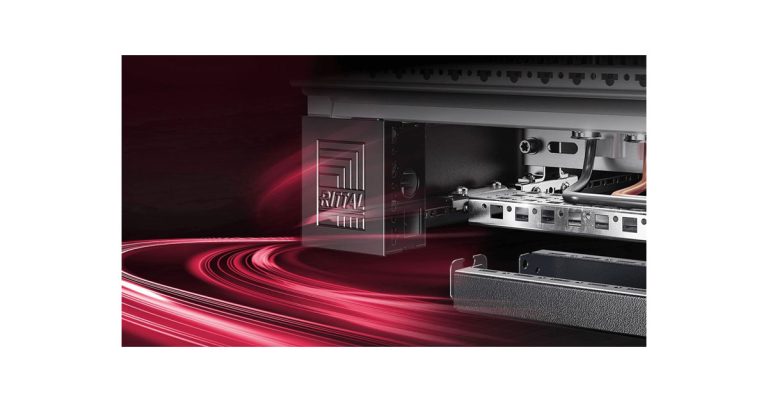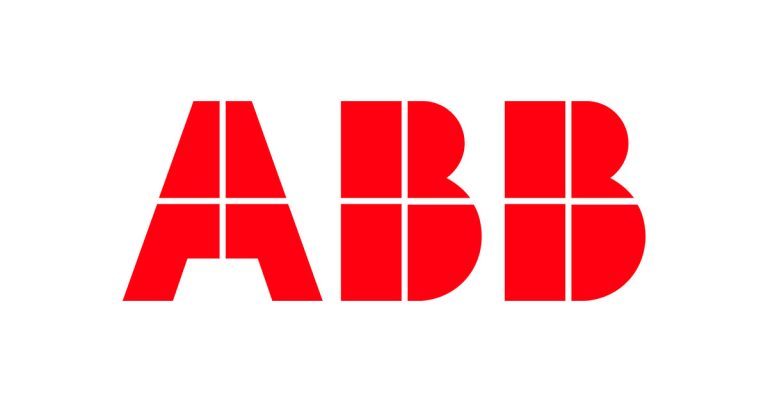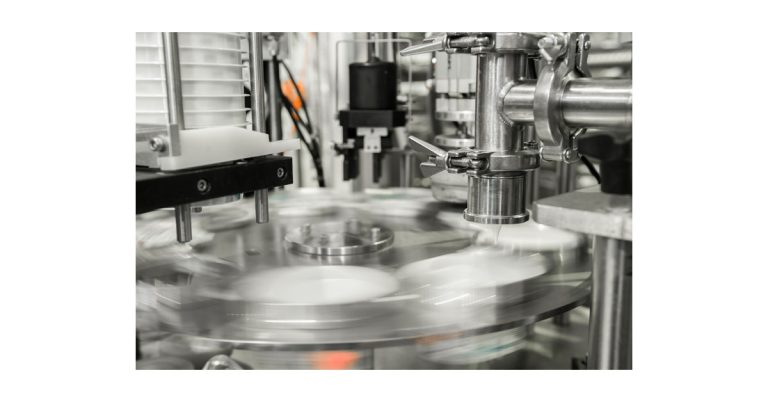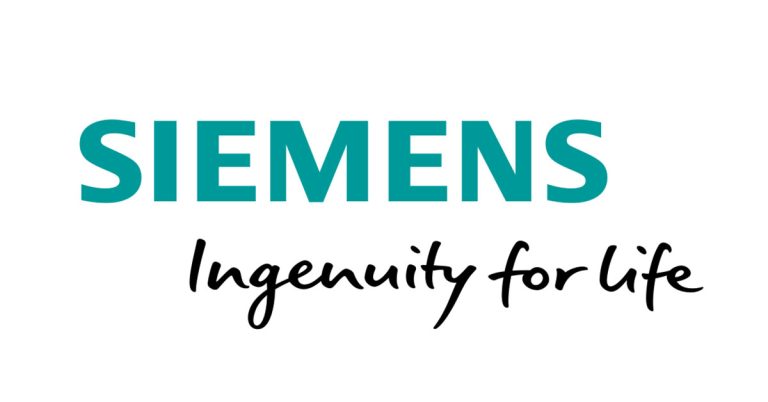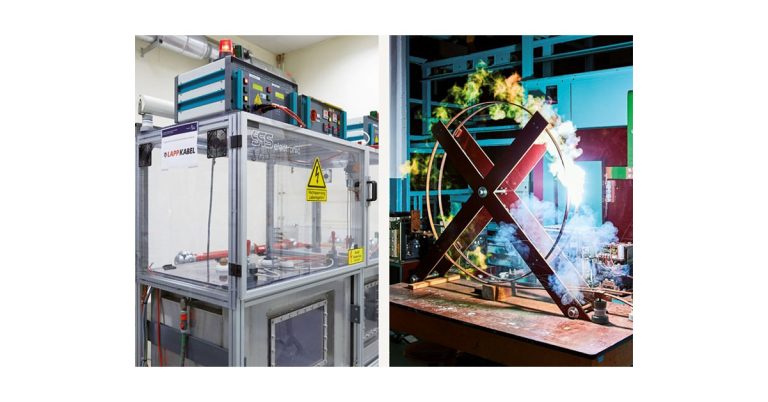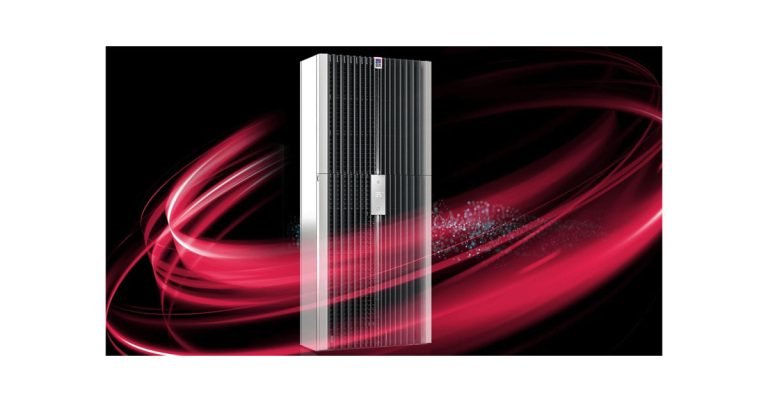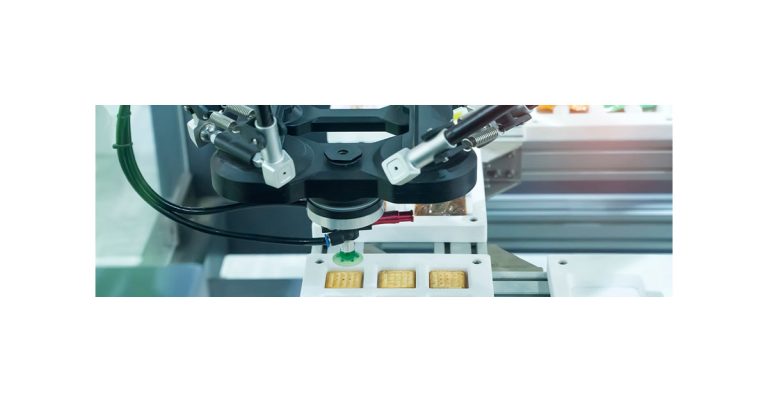Design Cable Pathways in 3D
How can the advantages of pre-assembled cables be utilised in mechanical engineering? Not every machine builder has asked themselves this question – yet it is high time to start saving money and resources using plug-and-play methods. Solutions provider EPLAN has had the topic of machine cabling in its sights for some time now and will be presenting a preview of EPLAN Cable proD at this year’s Hannover Messe.

